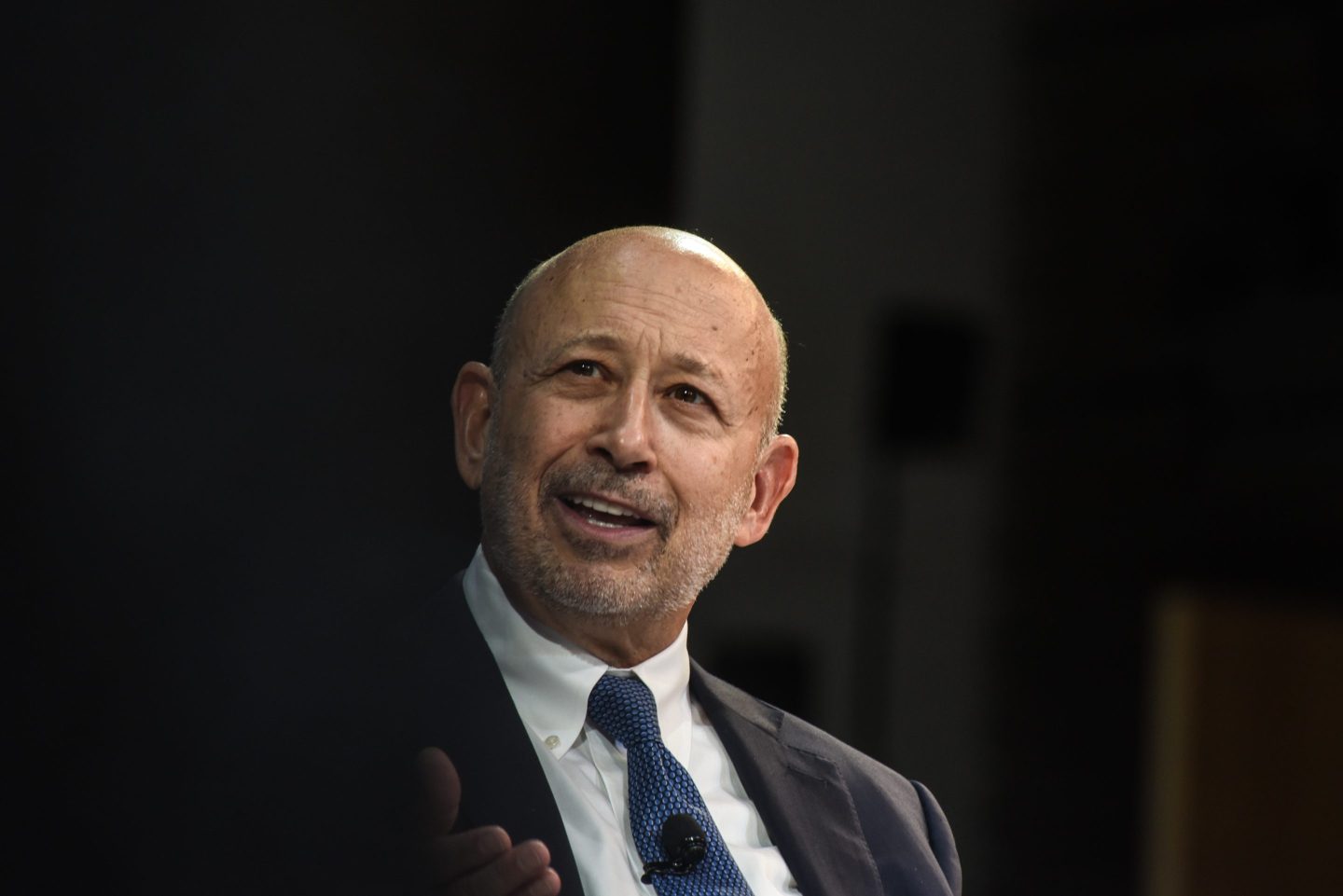Government bond prices jumped after the Fed said it would backstop a weakening recovery with more monetary stimulus.
The Federal Open Market Committee said Tuesday it will keep pouring money into the economy, by reinvesting money it receives when the mortgage securities it owns are repaid early into new Treasury bond purchases.

The sums aren’t large, by the recent standards of the Fed. The move could affect around $100 billion of bond payments and is “designed to reassure the markets rather than boost the economy,” Capital Economics economist Paul Ashworth wrote in a note to clients.
Is it working? The yield on the 10-year Treasury bond tumbled to 2.75%, its lowest level since the bottom fell out of the economy in December 2008.
It was that brush with financial free fall that prompted Fed chief Ben Bernanke to start buying more than $1 trillion worth of long-dated government bonds and mortgage securities. As a result of that effort, the Fed now owns more than $2 trillion worth of bonds, more than double the precrisis level.
The plan aimed to counter expectations that prices in the economy would fall. Bernanke tried to sell the effort as “credit easing,” hoping that abundant liquidity would facilitate borrowing by consumers and businesses.
But loan demand remains weak, and Bernanke’s new tag failed to stick. Ultimately Bernanke’s intervention was widely tagged “quantitative easing” after a similar plan attempted years ago, to little avail, by the Japanese authorities.
With the stimulus-fueled economic rebound now faltering, observers are expecting Bernanke to roll out “QE2” in coming months. The plan announced Tuesday shows Bernanke angling to keep funds flowing into the economy without a full-scale commitment to another round of Treasury purchases, which would put the Fed under new political scrutiny and could raise pressure on the dollar.
Oh, and the bit about credit easing? Bernanke seems to have forgotten all about it. “Now the semantics have been tossed aside and the Fed is specifically targeting the quantity of money,” Ashworth says.











